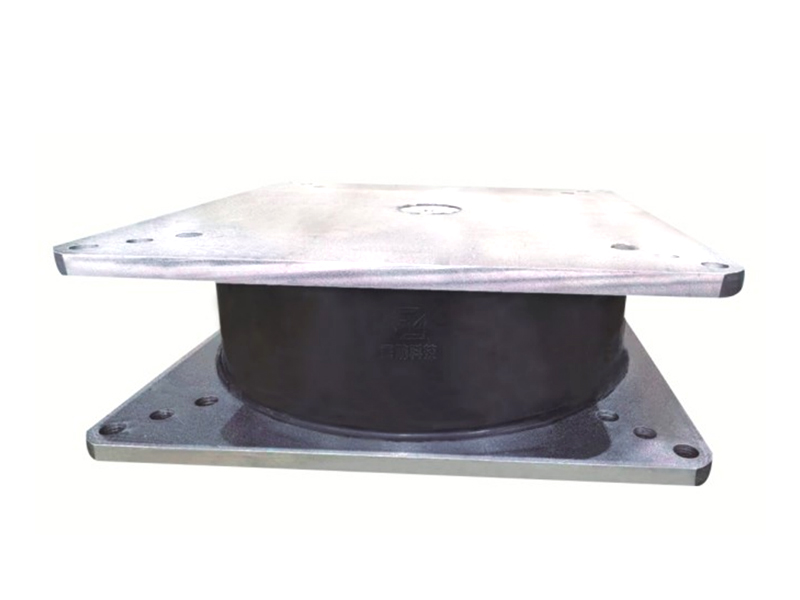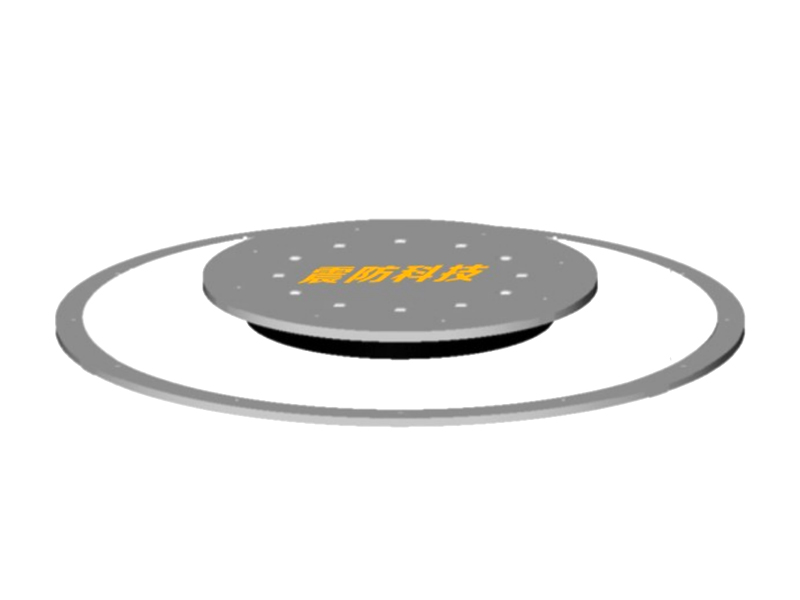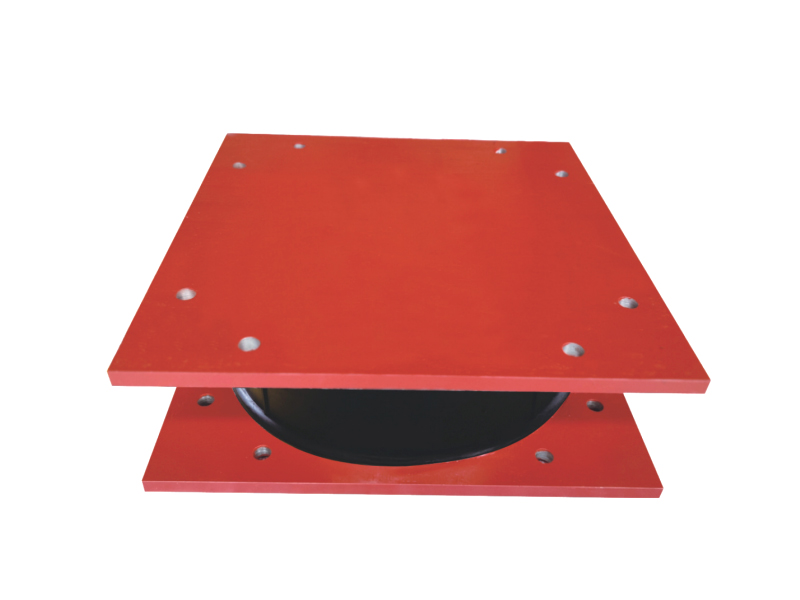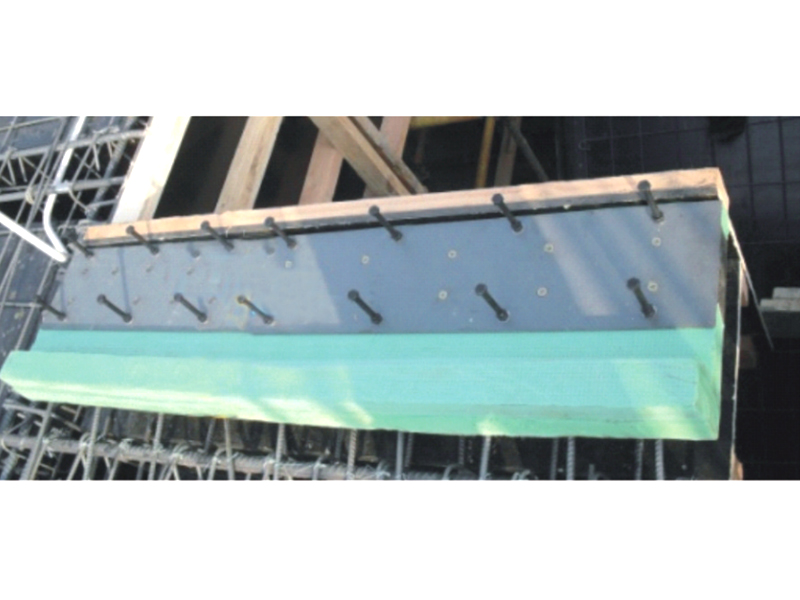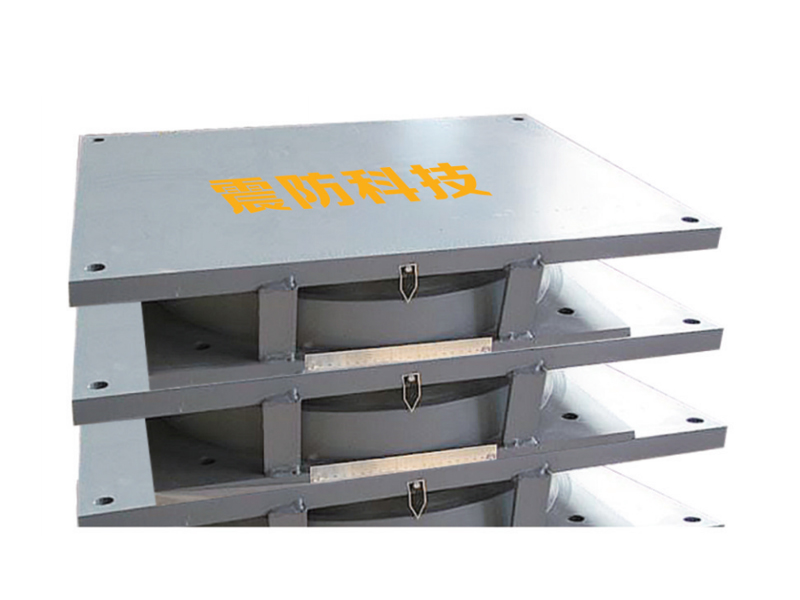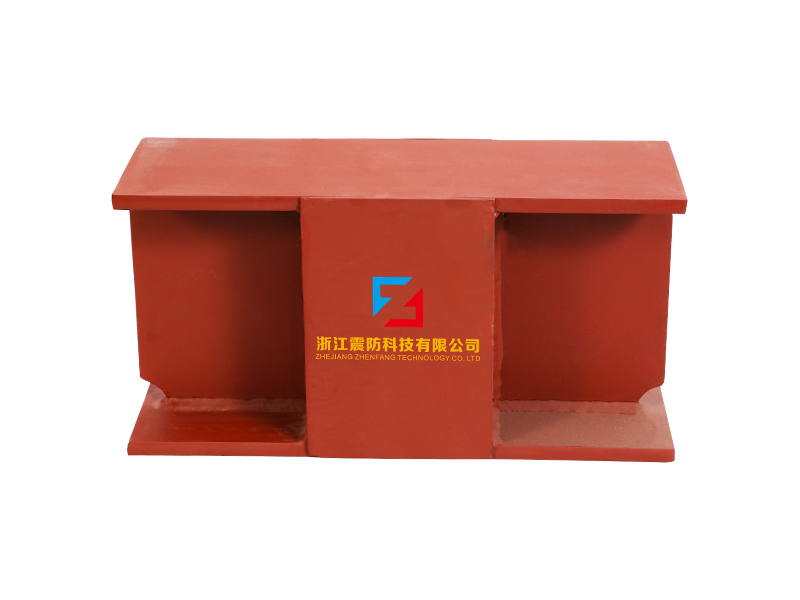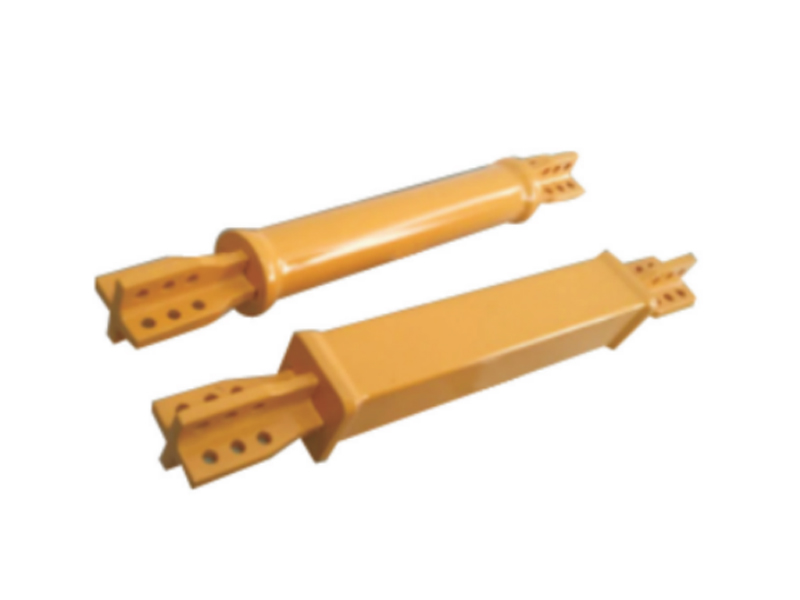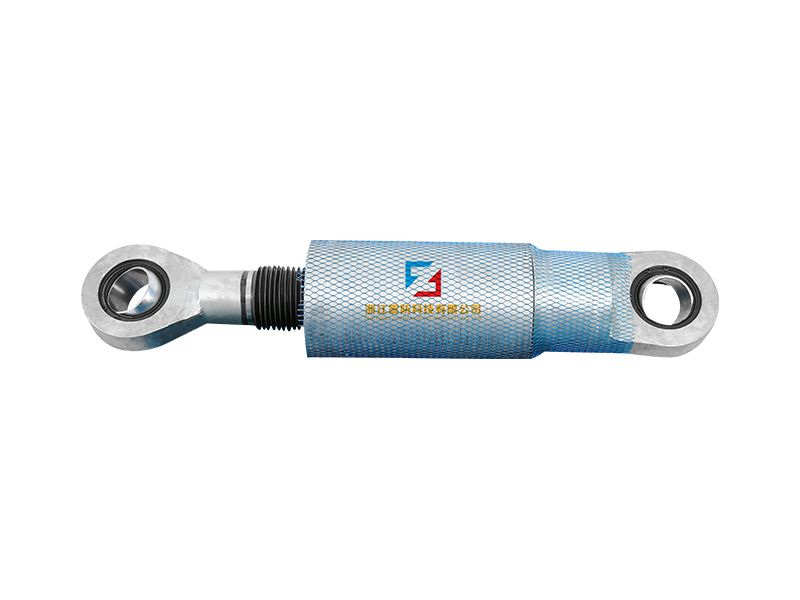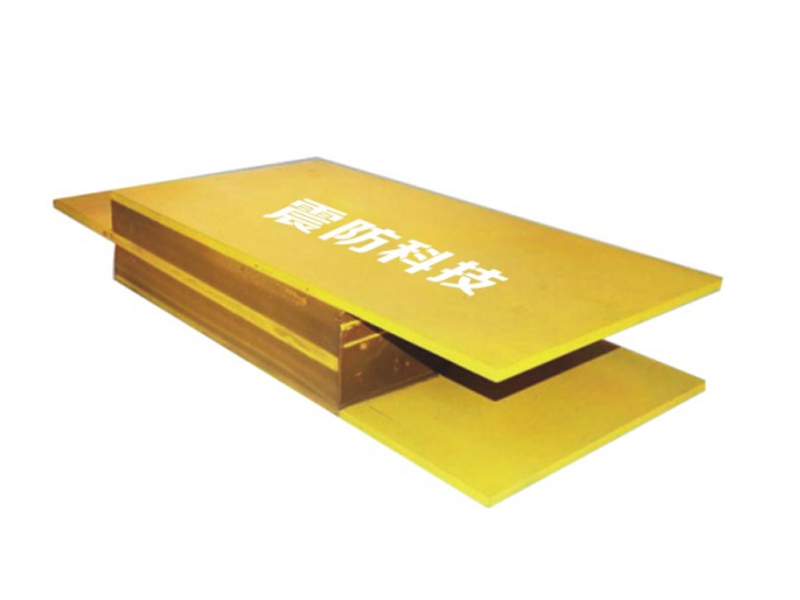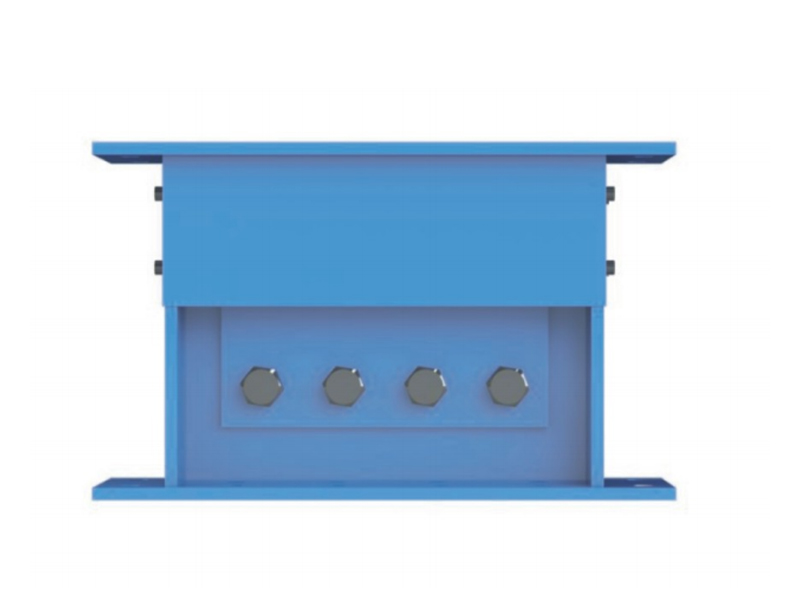The company has been adhering to the corporate tenet of "quality first, customer first", and sincerely welcomes domestic and foreign customers to visit and guide.
GET A QUOTEEvery year Central Asia records more than 3 000 tremors large enough to be felt by humans. From Almaty’s 310-meter Abu Dhabi Plaza to Tashkent’s 201-meter Nest One, the region’s new skyline is racing skyward just as fast as the earth beneath it keeps shaking. The question investors, engineers, and everyday apartment owners now ask is simple: can High Quality Isolation Bearings (HQIBs) actually protect these towers when the next big quake arrives?
What HQIBs Do
HQIBs are laminated rubber-and-steel sandwiches placed between a building’s foundation and its superstructure. During a quake they deform horizontally, absorbing energy that would otherwise shear walls and topple columns. Unlike ordinary pads, HQIBs are manufactured to tolerances of ±0.2 mm, use virgin natural rubber with tensile strength above 20 MPa, and embed steel shims laser-cut for zero delamination. In short, quality is not a slogan; it is chemistry and physics engineered down to the micron.
The Evidence
In the 2021 Mw 6.0 Dushanbe earthquake, the 96-apartment Kamar-Tash complex—retro-fitted with HQIBs—recorded roof accelerations 80 % lower than neighboring Soviet-era blocks. Engineers later found no structural cracks, while buildings 50 meters away suffered shear failures on the third floor. A second data point: the Astana Light-Rail test track installed HQIBs beneath every pier in 2022; after 1.2 million axle-load cycles and two winter seasons of −40 °C, ballast settlement remained below 1 mm, an order of magnitude better than previous designs.
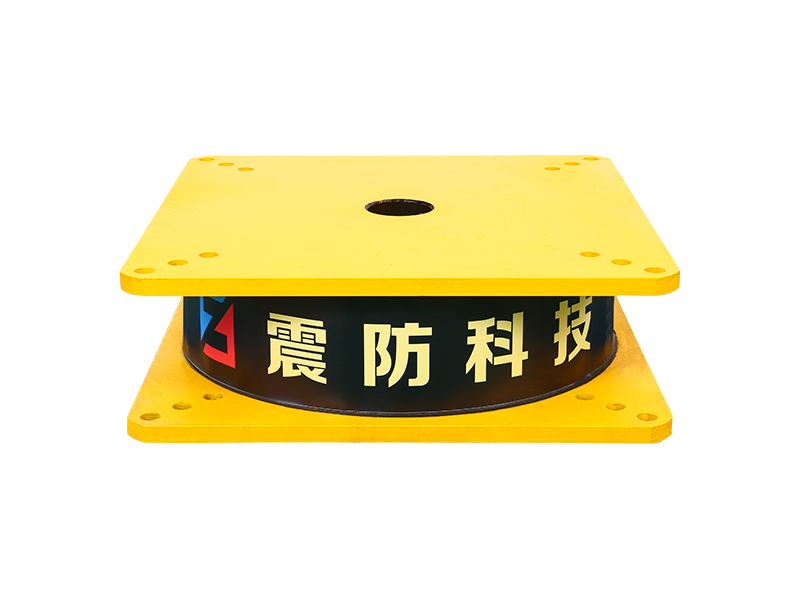
Cost Versus Value
Skeptics argue HQIBs add roughly 4–6 % to total construction cost. Yet when the price of repairing a single 30-story tower after a moderate quake can exceed 20 million USD, the upfront good becomes a bargain. Insurance underwriters have noticed: projects specifying certified HQIBs now receive 15–20 % reductions in seismic-risk goods, effectively paying back the extra investment in four to five years.
Installation Know-How
Central Asia’s cold winters once cracked early elastomeric pads. Today’s HQIB formulations include nano-silica additives that preserve flexibility down to −50 °C. Installation crews in Bishkek and Shymkent now use laser-guided jacking rigs that position each bearing within 0.5 mm of design coordinates, a precision unheard of just a decade ago.
Bottom Line
Skyscrapers are not just steel and glass; they are 30-year investments that house thousands of families and anchor entire downtown economies. High Quality Isolation Bearings cannot stop earthquakes, but they can stop buildings from becoming tombstones. For Central Asian cities living on the seismic frontier, the choice is no longer academic—it is existential.
So, can High Quality Isolation Bearings save skyscrapers? Every test, every tremor, and every intact structure now says yes.


